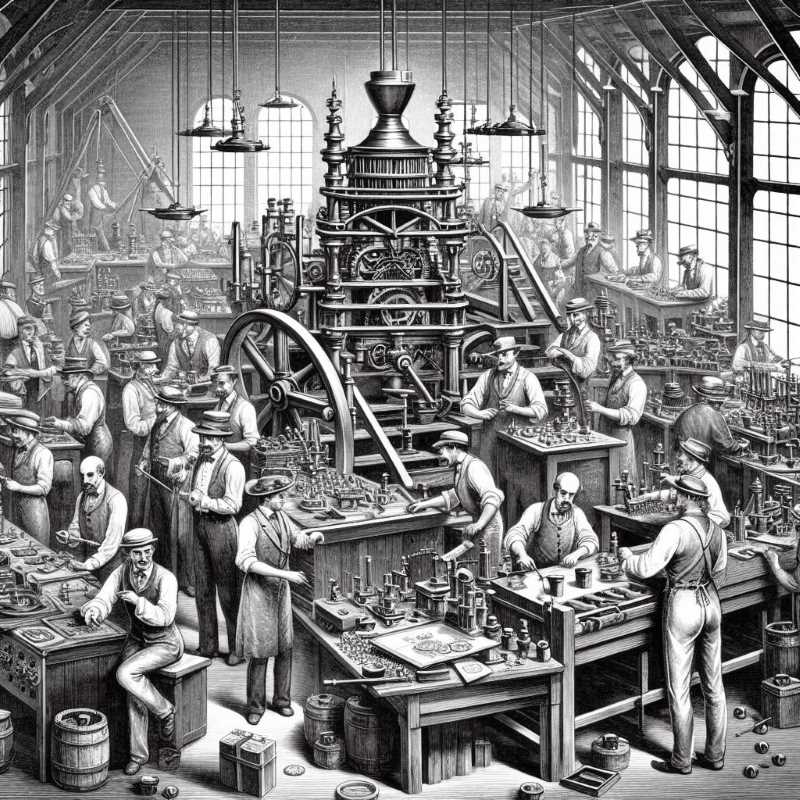The Mint, the Men, and the Making of a Nation's Money
The Coinage Act of 1792 was a key step in unifying the US economy post-Revolution. The Philadelphia Mint was born, with figures like Hamilton and Rittenhouse central to creating a uniquely American currency system amidst debate, temptation, and the practical realities of forging new money.

Beneath the lofty ideals that swirled around the birth of the United States, there resided a far more practical problem – how on earth was this fledgling nation going to pay its bills? It was a conundrum as weighty as any in the halls of Congress, for without the cold, hard clink of currency, the whole grand promise of America could disintegrate like a fistful of sand.
The Coinage Act of 1792 wasn't a stroke of inspiration but rather an act of economic desperation. The ragtag collection of colonies-turned-states wallowed in an ocean of debt after the Revolutionary War. Multiple currencies circulated, from Spanish silver dollars to British shillings, even French coins – a jumbled mess mirroring the fractured state of the young republic. Something had to change.




